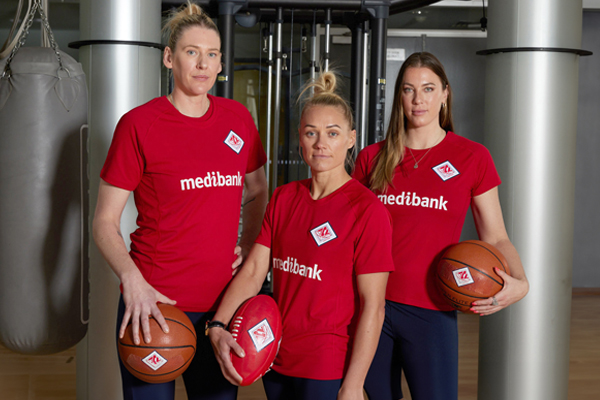-
Download half marathon training program here
You’ve set yourself the challenge of your first half marathon. Congratulations! This training program will build on your running endurance, speed and strength and get you ready to race in 12 weeks. Remember, everyone is an individual and your base level of fitness may vary. If you are newer to running and find some of the early runs in this guide a little challenging, consider completing the 10 km training guide first to give yourself a strong base to work from.
This 12 week training guide is just that – a guide – so feel free to be a little flexible with it and make it work for you. If you want to swap some of the days, go ahead. If you miss a run, you can make it up. The real aim is to be consistent with your training, and the overall details won’t matter as much.
If you have the time and don’t feel the 12 week program is enough to get you ready, just add extra weeks throughout to make it 16 or 20 weeks.
How to train - Days Explained
Run: The pace you run at should be comfortable. If you’re training with a friend, the two of you should be able to hold a conversation. If you measure your heart rate, your target zone should be between 65 and 75% of your maximum heart rate.
Distance: This training guide includes runs that vary from 5 km to 16 km. Use these distances as your guide, not as your prescription. Review the distances in the guide and pick courses through your local area that roughly measure up to the training guide distances. You can use Google maps to measure courses or a GPS based app.
Rest: Your muscles need time to recover and rebuild, so rest days are just as important as running days. In particular, it’s important to rest before and after your long run to help reduce your risk of injury.
Long runs: Important sessions in the guide are the long runs, which progressively increase in distance each weekend. You will jump from your longest training run of 16 km to the half marathon – a big leap, but your training and inspiration on the day will see you over the line.
Cross-training: You can choose your preferred form of cross-training, be it swimming, cycling, walking, rowing or a combination. Cross-training days should be considered easy days that allow you to recover from the running you do during the week.
Stretch + strengthen: Stretching is key to a strong, supple body and should be done daily. Strength training, particularly for your core muscles, is an important focus of this training guide. Try bodyweight exercises like push-ups, chin-ups or dips, or light weights with high reps at your local gym.
Test: The idea with the test runs is to measure your time, progress and fitness, if it suits you. Another option is to find local fun-runs at these distances to allow you to time your race and get used to running with other competitors.
Click to download your half marathon training program
Half Marathon Training Program (Beginner – 12 Weeks)

-
Everything you need to know about parkrun
Been wondering what a parkrun looks like? Where do you go? What do you do? How do you sign up? Find out here.
-
Five ways to exercise when on a budget
You don’t need to spend money on gym memberships just to meet your fitness goals. Here are five free ways to stay healthy and active when you’re living on a budget.
-
How parkrun changed my life
Christie Farrow went from being an exercise-phobe to a true blue runner with parkrun.
-
Australia's top female athletes unite on ACL injury
Some of Australia's most talented athletes have joined forces to highlight the unique injury challenges women face.
-
How to create your perfect summer fitness plan
Be inspired by the sunshine and get moving
-
The essential foam rolling routine
Improve posture and flexibility with this essential foam rolling routine. Discover effective stretches to ease muscle tightness and enhance your daily movement.
Subscribe to receive the best from Live Better every week. Healthy recipes, exercise tips and activities, offers and promotions – everything to help you eat, move and feel better.
By clicking sign up I understand and agree to Medibank's privacy policy






